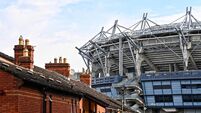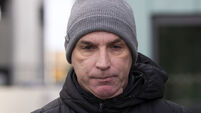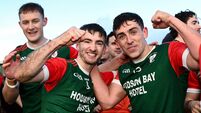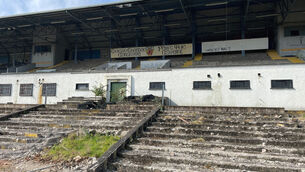Michael Moynihan: Post-match interviews - corridors of power, corridors of Jaffa Cakes
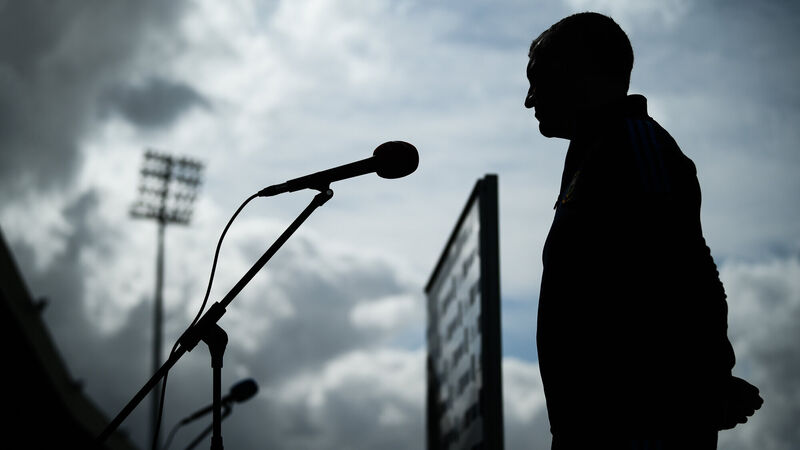
Tipperary manager Liam Sheedy speaks to eir Sport before the Allianz Hurling League clash with Limerick at the LIT Gaelic Grounds. Picture: Stephen McCarthy/Sportsfile
Regarding people who are keen to see games, can I make a suggestion?
It was reported last week that Fifa are expected to appoint concussion spotters for the next World Cup.
These spotters will be medical staff members who’ll sit away from the team benches during games and make an independent judgement on players who seem to be suffering from the effects of concussion.
I wasn’t aware such spotters have been used in the NFL and in Premiership Rugby.
How long before they’re working at GAA games, and why not volunteer to do so now if you want to see a game?
Before abandoning super leagues forever, or until such time as they return, like a nagging throat infection, another sighting, this time in golf.
I see that Phil Mickelson has been mulling over the pros and cons of a proposed Premier Golf League, or Golf Super League. The organisers have set up shop in Florida with a view to getting players on board for 2022 (though if they’d like some marketing advice, settling on a definite name wouldn’t hurt. Who do I invoice for that?).
“I think the fans would love it because they would see the best players play exponentially more times,” Mickelson said recently. “Instead of four or five times, it would be 20 times ... I don’t know what the final number is.
“But that’s a big deal to give up control of your schedule. I don’t know if the players would be selfless enough to do that. But every other sport, the entity or teams or leagues control the schedule. The players kind of play where they are told to play. Whereas here, we’re able to control it.”
I have to admire Phil’s breezy claims that golf fans would like to see him and his compadres play “exponentially more times”, but as ever the devil is in the detail.
The new league is backed by Saudi Golf, according to , and the same outlet reports the monetary rewards are “significant”.
There’s so much to unpack here that I fear we’ll have to come back at a later point.
The involvement of Saudi Golf, the autonomy of the players, and, intriguingly, the likely reaction of golf supporters if this project takes off. Are we likely to see mass protests with disgruntled fans making off with flags and other memorabilia?
More on this as the situation develops. Or if there’s an urgent need for demonstrations.
I have a Philip Hoare book at home — Leviathan, or The Whale — but ever since one of my research assistants took a turn against whales as a species, it’s been demoted to the shed.
Hoare’s new book — Albert and the Whale: Albrecht Dürer and How Art Imagines Our World — sounds promising.
The rapturous reviews of the book — which deals with the artist’s life but also Hoare’s life, and any number of interesting digressions — encouraged me, but a short excerpt about Dürer’s home town of Nuremberg convinced me.
“Skeletons of executed robbers hung in bony avenues to discourage other offenders. The same roads brought rats carrying fleas bearing the plague. In the forests, darkness held sway.”
One for this summer’s staycation, maybe.


